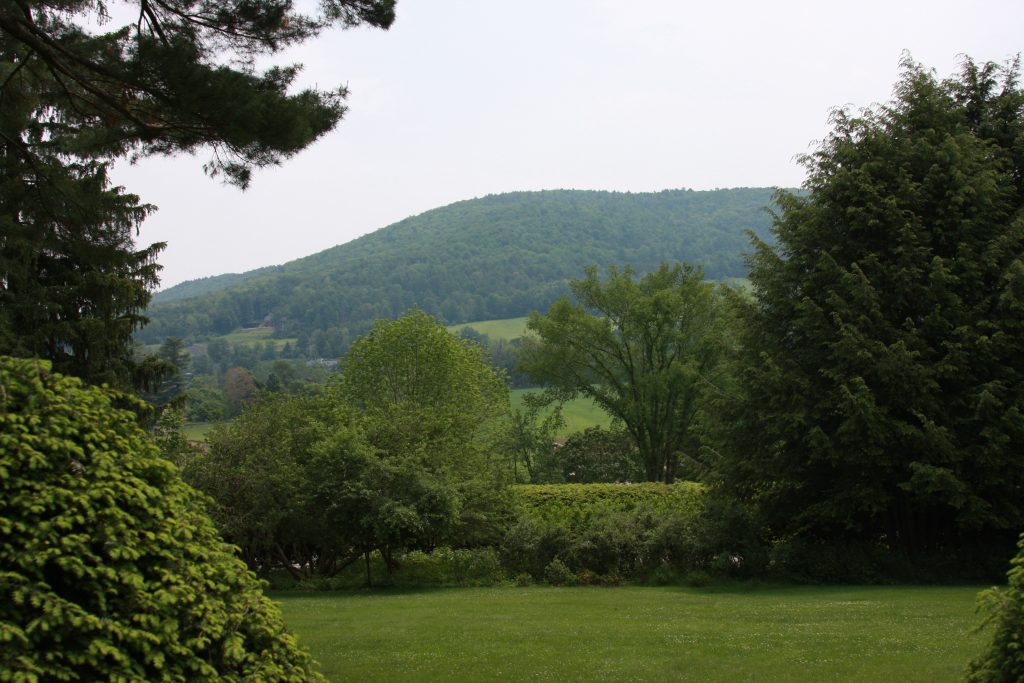June 12, 2023 @ 10:39 EDT
Site Visit #96
Near the small town of Woodstock, Vermont lies a mansion on a large tract of land. The house is part of the Marsh-Billings-Rockefeller National Historical Park. However, the real story is not of the house, but of the people who lived in it and their effect on land conservation and stewardship in America.
George Marsh grew up in the house and on the farm (as it was at the time) in the early 19th century, exploring the nature around the property. Vermont was called the “Green Mountain State” for all of the tree-covered mountains across the state. However, on a diplomatic mission to Italy in the 1840s, Marsh noted the barren landscape of the country and in other countries of Europe. The hills had been stripped bare of all trees and the subsequent erosion filled streams with silt. Marsh subsequently wrote his classic book “Man and Nature” in 1864.
Four years later, the Marsh farm was sold to Frederick Billings. Billings, though a native of Vermont, had spent much of his adult life as an attorney in San Francisco. When he returned home, he found that the Green Mountain state was no longer green. He saw in his home state what Marsh had seen in Italy. This prompted him to action. He started by replanting trees around his own land, then developed America’s first detailed and scientific forest management plan.

Vermont slowly recovered and today it is again the Green Mountain state.
Following his death, his wife, then three daughters, and finally his granddaughter carried on his work. The granddaughter, Mary French, married Laurance Rockefeller, who moved into the mansion. The Rockefeller name is present all over the National Park system as the family has helped fund the creation or enhancement of over 20 parks including Great Smokies, Grand Teton, Acadia, Virgin Islands, and more. The couple continued the conservation work started by Billings and inspired by Marsh.
The visitor center is in a separate building (the carriage barn) and contains several photos of Vermont before and after the work of Billings. There are also photos of the inside of the house, which sufficed for me. No need to take the tour. Besides, the real message of Marsh-Billings-Rockefeller is one of conservation and stewardship of the land.
There are several trails in the hills around the house, and a working farm across the street that is part of the National Park site. I would have liked to visit a bit longer, but needed to head to Saint-Gaudens National Historical Park just across the New Hampshire border.
If the name Billings sounds familiar, the city of Billings, Montana is named for him.
Steve